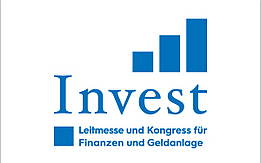The relationship between gold and commodities prices
News Arnulf Hinkel, financial journalist – 16.02.2021

When the run on silver started just one week after the massive GameStop stock purchases by numerous US private investors, the Chicago Mercantile Exchange CME countered a potential attempt at market manipulation by sharply raising the collateral deposits for silver futures contracts. This not only put the brakes on the silver price, but also placed further pressure on the gold price, which had already been weakened by a strengthening US dollar and rising interest rates for US bonds. This raises the question of how strongly gold prices actually correlate with other commodities.
Gold has strongest correlation with other precious metals
The major appeal of gold in an investor’s portfolio is the non-existent or slightly negative correlation to many other asset classes – and the strongly negative correlation to the US dollar. On the other side of this scale are precious metals such as silver or copper, which correlate most with gold on a long-term average, i.e. with positive values of 0.8 and 0.6, respectively. For gold, a comparatively strong relationship exists with no other asset class.
Moderately positive correlation with oil and agricultural products
The relationships between two asset classes’ prices can vary significantly in different market situations, which is why longer observation periods are necessary to assess correlations. One example is oil; its generally slightly positive correlation with gold can turn negative in times of crisis. Long periods of 2020 were dominated by this type of market phase: demand for oil fell sharply due to the lockdowns across most countries, while the gold price rally gained even more momentum.
Compared to oil, agricultural products, empirically speaking, correlate positively with gold, albeit less strongly. The fundamentally positive correlation of gold with oil and agricultural products can be explained by the fact that all three asset classes benefit from phases of economic upswing, an effect particularly evident in emerging countries.





